- 469 Point Breeze Rd. Flemington, NJ 08822
Your Ecotoxicology Experts
Aqua Survey was the very first Bioassay Laboratory to be certified in the United States. Our lab has a long history and performs various sediment and water analyses such as toxicity, grain size, and bioaccumulation studies to support your ecotoxicology projects. Many clients prefer us as their one-stop shop for both sediment collection and analysis.
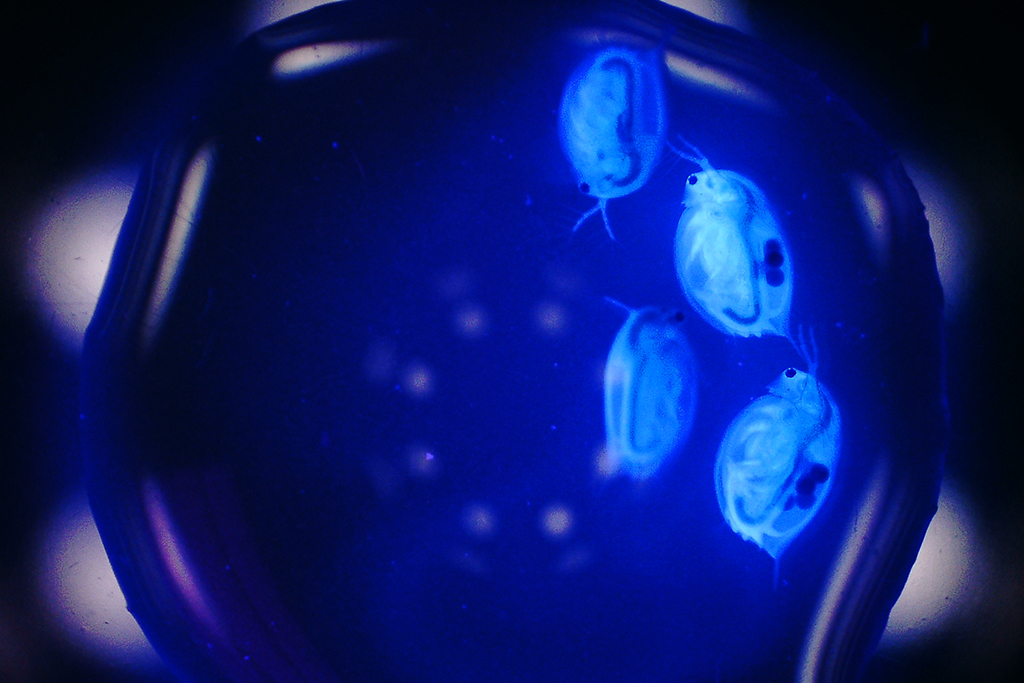
Your Ecotoxicology Experts
Aqua Survey was the very first Bioassay Laboratory to be certified in the United States. Our lab has a long history and performs various sediment and water analyses such as toxicity, grain size, and bioaccumulation studies to support your ecotoxicology projects.
Many clients prefer us as their one-stop shop for both sediment collection and analysis.
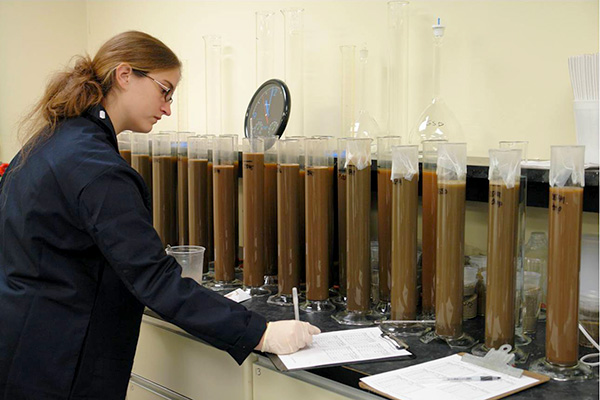
Sediment and Soil Toxicity Studies
Aqua Survey has been conducting sediment and soil toxicity studies for over 40 years. Our lab has experience with a large number of freshwater and marine test organisms in acute, chronic and life cycle studies. In many ecological risk assessment studies, it is necessary to determine whether a sediment or soil is acutely or chronically toxic to representative organisms.
Typical organisms are amphipods and midges for sediment testing, and worms and lettuce for soil testing. These toxicity tests can be conducted as acute (as short as 10 days), chronic (28 days) or life cycle (more than 60 days). Endpoints can be survival, growth, emergence and reproduction. For soils, seed germination and root elongation tests can also be used to assess toxicity. Statistics can be run comparing test treatments to reference or control samples to determine if the organism is adversely affected by the test sediment or soil.
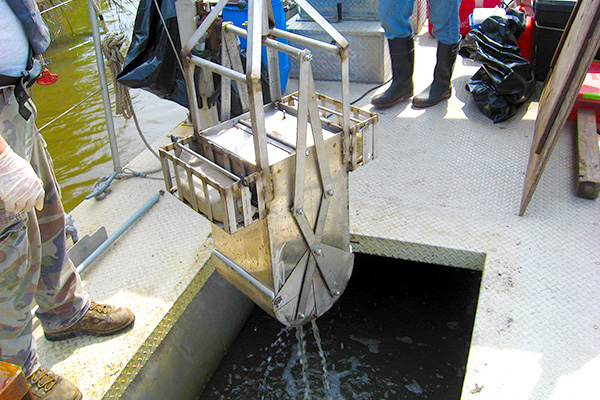
Taxonomy/Benthic Grab Sampling
To support benthic investigations, Aqua Survey can deploy a Smith-Macintyre grab sampler to collect sediment and benthic macroinvertebrate samples. Once the macroinvertebrate samples are onboard, the samples can be prepared with a sieving station to process the samples, making them ready for the laboratory to sort and identify the taxa of each different organism.
A drop camera may also be deployed to assist with characterizing what is happening at the water-sediment interface. Specimen samples that are collected can be sorted, taxonomically identified and enumerated by ASI professionals.
Resulting data can be used to support:
- Federal Energy Regulatory Commission studies
- 316 B larval intake studies
- 301 H discharge variance studies
- 403 C discharge monitoring studies
- Rapid bioassessment studies
- Environmental impact studies
- Habitat evaluations
- Bioaccumulation studies
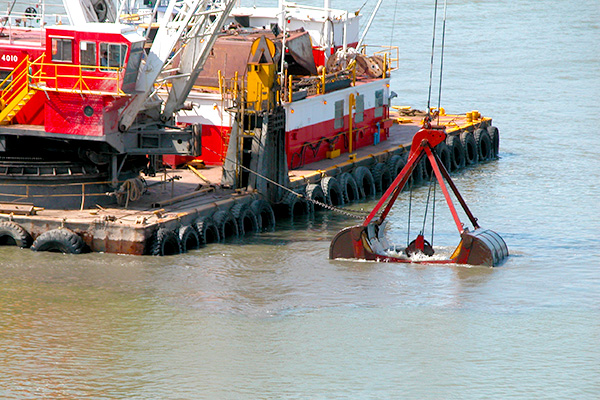
Dredged Materials Ocean & Open Water Disposal Studies
Aqua Survey can assist you in the preparation of a sampling and analysis plan (SAP). We perform the required field sampling, conduct all toxicity and bioaccumulation studies required, and subcontract and QC the analytical work on the sediment, elutriate and worm and clam tissue samples. We assemble a comprehensive report for submission to regulatory agencies.
Of extreme importance is our ability to customize a cost-effective strategy to maximize your opportunity to be permitted for open water / ocean disposal as the cost for this type of dredge sediment disposal can be ten to twenty times less expensive than the other option of Upland disposal. We help you minimize your testing-related financial exposure in the event your materials are not deemed acceptable for ocean and other open water disposal.
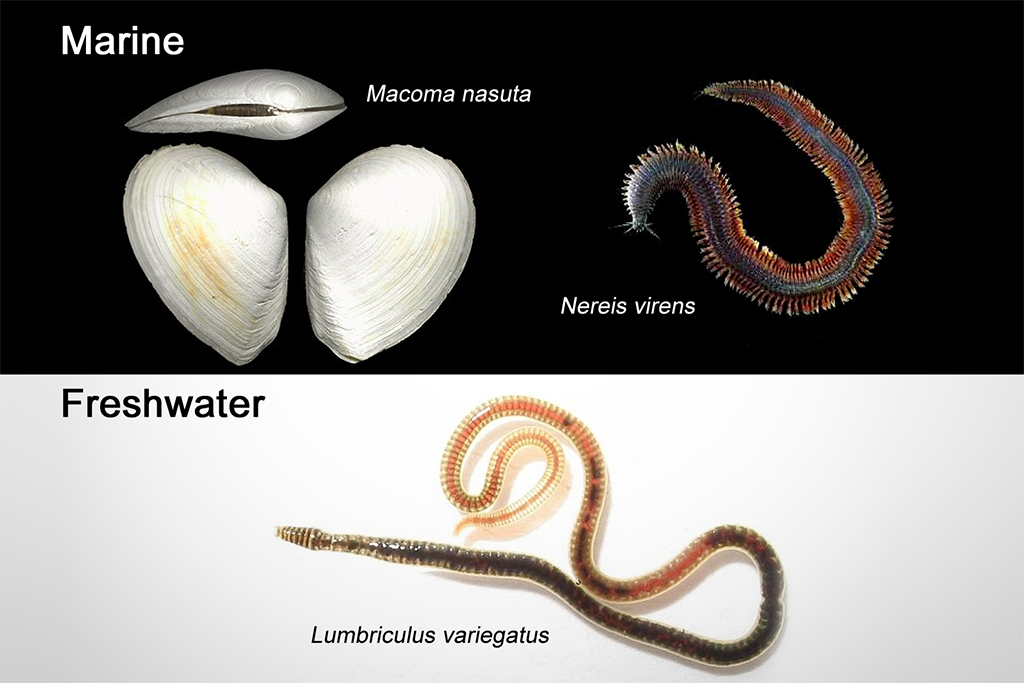
Bioaccumulation Potential Studies
Bioaccumulation studies are performed to determine the potential of contaminants associated with sediment, water column or soil to be bioaccumulated into the tissues of indicator species such as sandworms, bivalves, earthworms, etc. Aqua Survey has dedicated laboratories for the performance of bioaccumulation studies to support projects such as Superfund and Ocean Disposal studies. Studies are performed in accordance with federal regulatory guidance (e.g., U.S. Army Corps / EPA Green Book), regional implementation manuals and ASTM regulatory bodies.
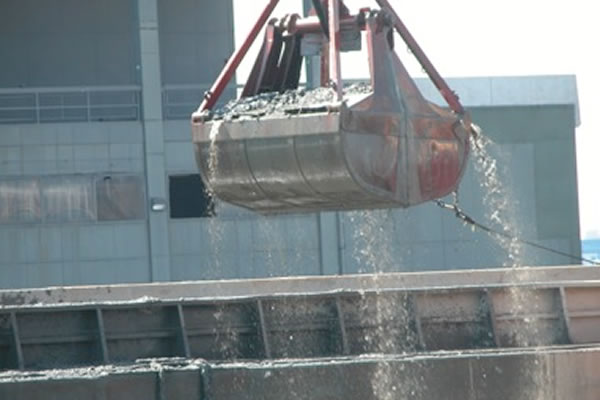
Dredged Material Assessment
Aqua Survey collects proposed dredged material, processes the sediment samples and preserves them for analyses. Our scientists regularly perform geotechnical, chemical and biological analyses in support of water quality and disposal alternatives studies. Aqua Survey will help clients prepare a sampling and analysis plan (SAP) to submit for regulatory approval.
The following are examples of in-house procedures:
- Solid-phase total organic carbon (TOC)
- Plasticity indices
- Hydrometer grain size
- Sieve grain size
- Bulk density
- Specific gravity
- Vane shear strength
- Penetrometer
- Toxicity studies (acute & chronic)
- Bioaccumulation studies (tissue uptake)
- Microtox
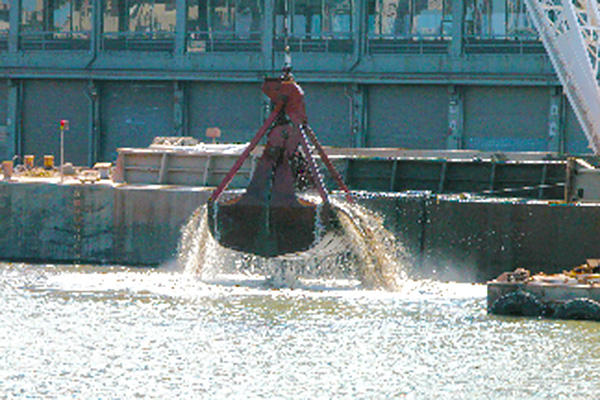
Amended Dredged Material Studies
Strategies have been developed to immobilize or neutralize contaminants in sediment and to stiffen the final product so it can be worked like soil. Aqua Survey collects sediment samples and performs mixing studies to confirm that the use of cement or other stabilizing materials (like fly ash) will effectively immobilize, neutralize or bind known contaminants of concern.
Amended sediments are themselves analyzed and used to create Synthetic Precipitation Leaching Procedure (SPLP) leachates or modified elutriates that are then analyzed to verify contaminants have been successfully immobilized/neutralized. Amended dredged sediments can also be tested for acute toxicity, chronic toxicity and bioaccumulation potential. Biological tests are key to predicting amended sediment contaminant inactivity while under the pressure of natural metabolic processes.
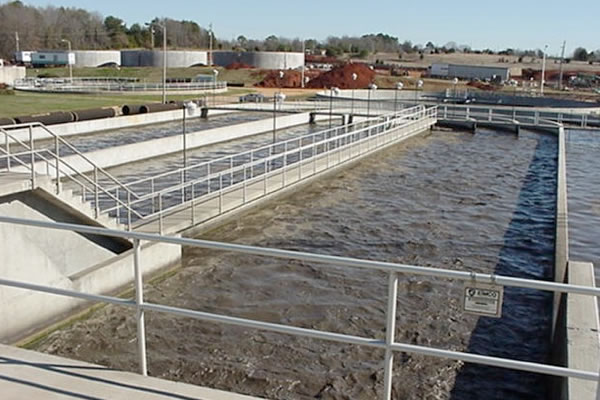
Environmental Fate and Effect Studies
Aqua Survey has been conducting Environmental Fate and Effects Studies under Good Laboratory Practice (GLP) guidelines for over 30 years. These fate and effects studies are usually run on products, formulations, chemicals and pharmaceuticals not yet on the market in order to determine a material’s environmental safety.
These tests are run for EPA, FDA and OECD. Testing under GLP guidelines requires the highest level of project documentation such that the results can be verified by auditors through paperwork alone. Environmental fate studies include physical and chemical property testing, and studies involving transformation and transport processes. Biodegradation of test materials is a common environmental fate test.
Environmental effects testing involves toxicity testing of materials in water, soil and sediment with freshwater or marine test organisms under acute or chronic test conditions. Environmental fate and effects testing can help determine whether a new chemical, formulation or product makes it to market based on acceptable or unacceptable environmental risk.
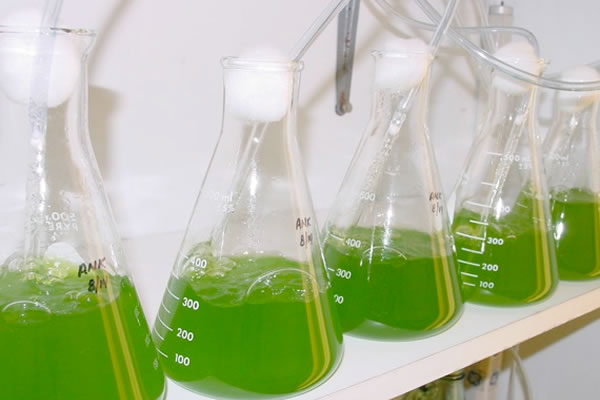
Toxicity Identification Evaluations
Aqua Survey conducts Toxicity Identification Evaluation (TIE) studies for wastewater facilities or consultants to try to characterize or identify toxic constituents in a wastewater, soil or sediment. Our staff has been nationally recognized for its expertise in this field for over 20 years. There are many NPDES permits that have acute and/or chronic toxicity limits. If these limits are exceeded, the municipal or industrial waste treatment plant must remove or reduce the toxicity to an acceptable level.
One mechanism to do so is to use the TIE approach. This TIE approach uses EPA methods to track toxicity in a three-phased program in which toxicity is first characterized (Phase I), then identified (Phase II) and finally confirmed (Phase III). These TIE methods can be used on freshwater or marine discharges. In Phase I of a TIE program, effluent samples are manipulated by relatively simple physical or chemical processes (i.e., aeration, filtration, pH manipulation, use of EDTA, thiosulfate and C-18 solid phase extraction columns). Toxicity is compartmentalized into certain types of compounds (i.e., cationic metals, volatile compounds, nonpolar organic compounds, acids and bases, etc.).
No analytical verification is required in Phase I testing. In Phase II, toxicants are identified by chemical analysis in each compartment defined by Phase I as being toxic. In Phase III of a TIE program, toxicity is confirmed by a “weight of evidence” approach. Once the causative toxicant(s) is (are) determined by the TIE methodology, an engineering solution can be developed to remove or reduce toxicity to an acceptable level.
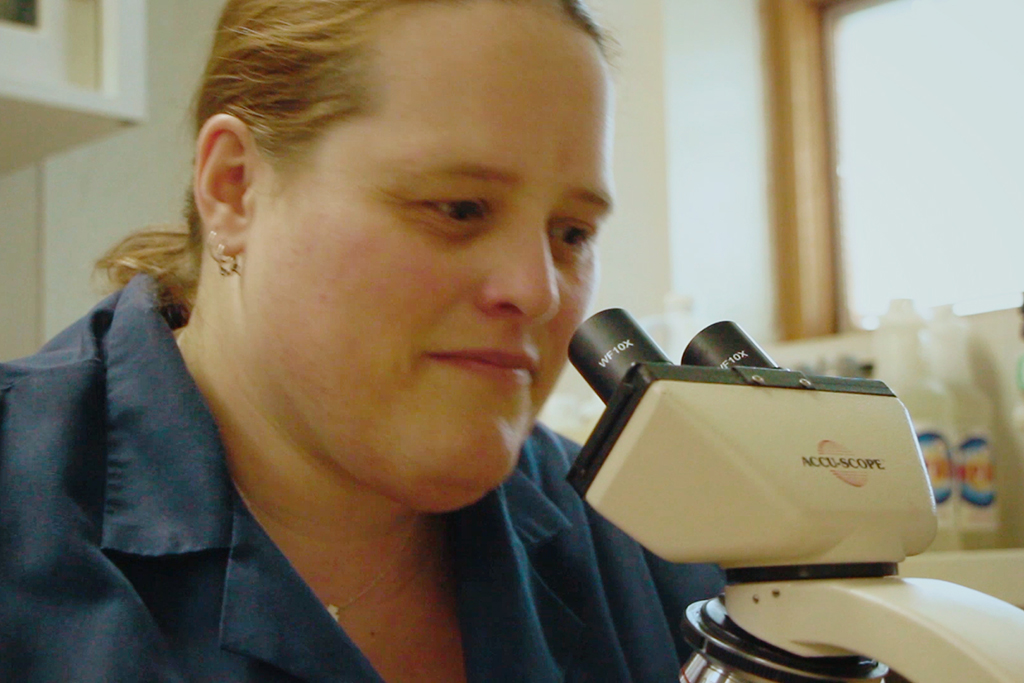
Customized Toxicity Studies
Many clients take advantage of Aqua Survey’s more than 30 years of ecotoxicological test design (sampling, testing and reporting) to develop studies to meet their own very specific needs.
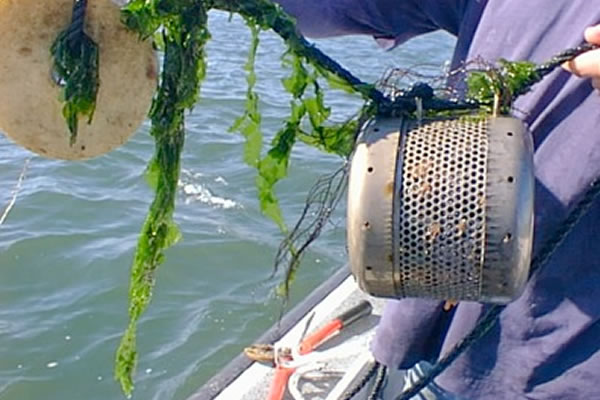
Semi-Permeable Membrane Devices
Semipermeable membrane devices (SPMDs) utilize selective membrane oil packets that are jacketed in stainless steel perforated housings. SPMDs can be deployed on anchors or buoys or deployed and retrieved discretely by use of an anchor, a float and an acoustic release. Once the SPMDs are retrieved, the semipermeable membrane packets are recovered and can be sent to specialty laboratories for contaminant analysis.
This technology is used to:
- Assist PRPs with characterizing plumes
- Support regulators in determining extent of contamination
- Collect specific outfall data
- Provide stealth collection of data
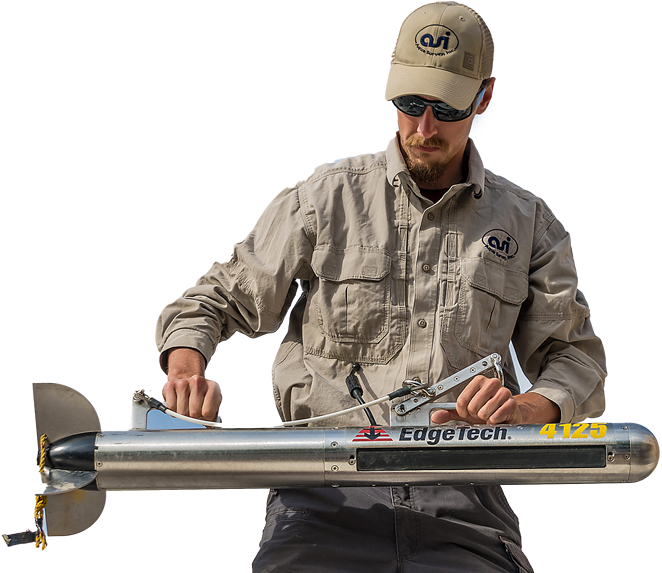
Survey, Sampling, & toxicity
experts since 1975
Aqua Survey, Inc. has proven and refined methods to get your job done right. We’re also innovators that don’t shy away from a challenge. Contact us today for a free consultation on your project.
Free Consultation
Join Our Mailing List
Enter your email address and gain access to exclusive news updates.
